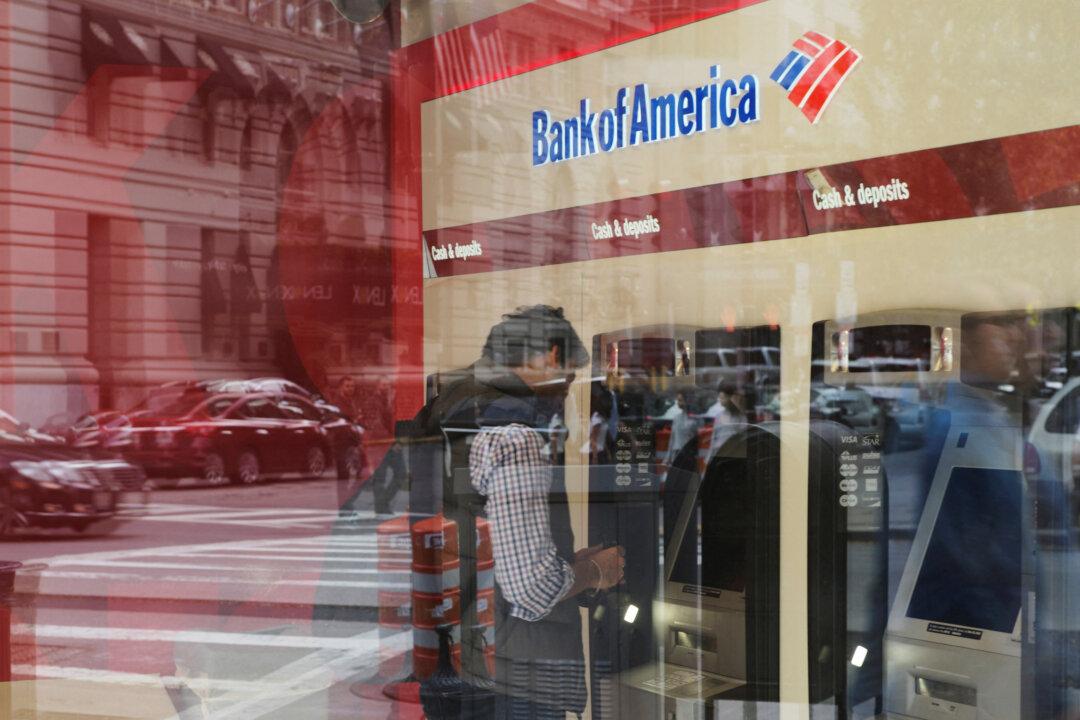Bank of America’s first-quarter earnings and revenue beat expectations due to higher interest rates. The banking giant reported its best quarter in a decade, according to its latest quarterly earnings report from April 18.
BofA said its net interest income (NII) saw its largest boost, surging 25 percent, to $14.4 billion from the year-ago quarter due to the Federal Reserve’s hawkish interest rate policy over the past year. Net interest income is the amount banks earn from lending money, minus what it pays out to customers.





